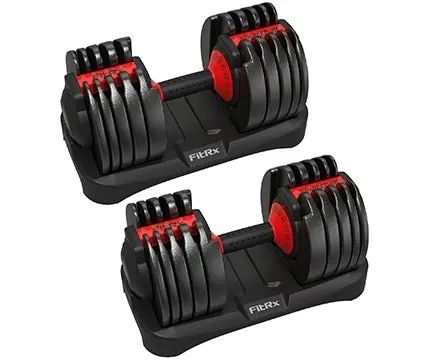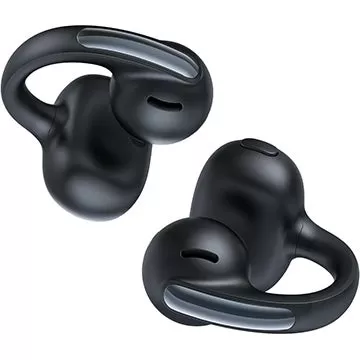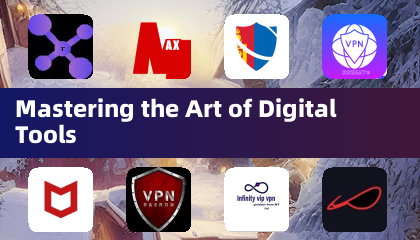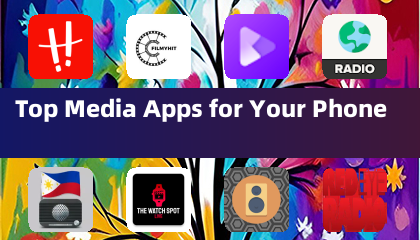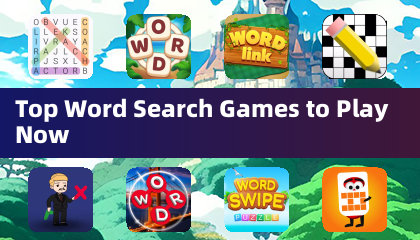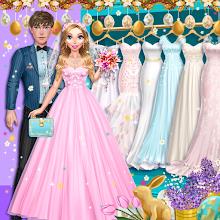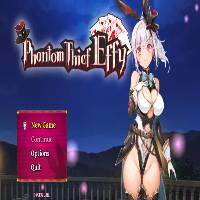At the start of April, Nintendo's highly-anticipated Switch 2 Direct presentation left fans buzzing with excitement over the showcase of innovative features and a diverse lineup of upcoming games. However, the event concluded on a suspenseful note as the console's price remained undisclosed. The suspense didn't last long as Nintendo later revealed on the newly-launched Switch 2 website that the console would retail at $449, a significant $150 increase over the original Switch's launch price of $299. This announcement sparked a mix of frustration over the lack of transparency and concern about the impact of the price hike on the console's market performance, especially with the revelation that the launch title, Mario Kart World, would be priced at $80.
The announcement rekindled fears among some Nintendo enthusiasts, who were reminded of the challenging Wii U era. Speculation quickly arose that the steep price might limit the Switch 2's appeal and hinder Nintendo's success. Comparisons were drawn to the cost of a PS5 or Xbox Series X, questioning why consumers would opt for what some consider last-generation technology at such a price. However, these concerns were soon alleviated by a Bloomberg report predicting that the Switch 2 could achieve the largest console launch in history, with sales estimates of 6-8 million units. This figure would surpass the current record of 4.5 million units shared by the PS4 and PS5, indicating a strong consumer demand for the Switch 2 despite its price.
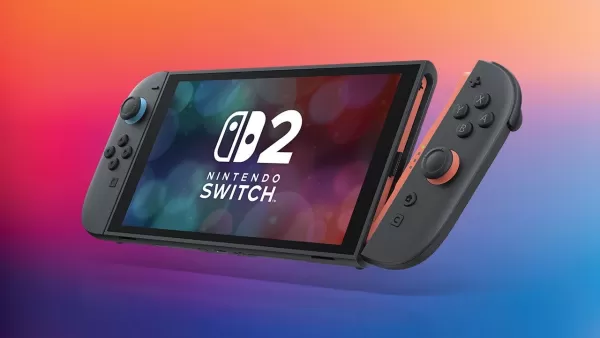
While the Switch 2 may not be considered budget-friendly, its pricing aligns closely with its direct competitors. A look back at Nintendo's history with the Virtual Boy offers insight into why the Switch 2 might succeed where others failed. The Virtual Boy, released two decades ago, represented Nintendo's foray into virtual reality—a concept that has since grown in popularity. However, the Virtual Boy's technology was not ready for prime time, requiring users to hunch over a table to view games in a disorienting red hue, often leading to headaches. In contrast, the Switch 2, like the successful Wii before it, offers a user-friendly and appealing gaming experience. The Wii's motion controls revolutionized gaming and broadened its audience, a legacy continued in the Switch 2, which retains these beloved features and enhances them with more power.
The success of the PlayStation 2, which doubled as a DVD player, illustrates how a console can become a must-have item. Similarly, the original Switch's seamless transition between handheld and console modes reshaped gaming expectations. The Switch 2 builds upon this foundation, addressing the original's power limitations and maintaining the hybrid concept that has proven popular. Though not as groundbreaking as its predecessor, the Switch 2 offers a compelling package that gamers clearly want.
The Switch 2's pricing strategy is in line with the industry standard set by competitors. The Wii U's failure is a stark reminder that hardware alone isn't enough; a strong game lineup is crucial. The Wii U launched with New Super Mario Bros. U, a title that felt repetitive and failed to captivate audiences. In contrast, the Switch 2 inherits a stellar library of games from the previous generation and introduces new ways to experience them, such as graphical enhancements and additional content. The launch title, Mario Kart World, breaks from tradition with an open-world format reminiscent of Forza Horizon, offering a fresh take that could entice players away from older titles like Mario Kart 8 Deluxe. Furthermore, the promise of a new 3D Donkey Kong game post-launch and an exclusive FromSoft title akin to Bloodborne in 2026 provides multiple reasons for gamers to invest in the Switch 2.
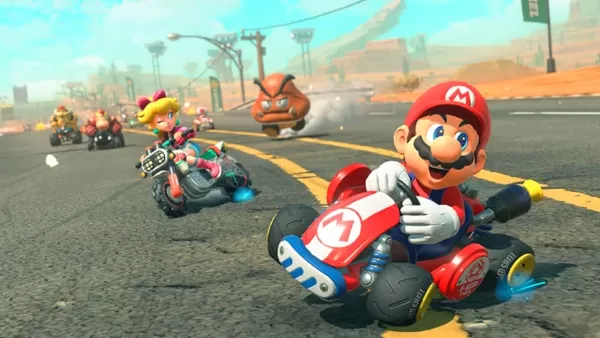
Price is always a significant factor in purchasing decisions, and at $449, the Switch 2 is undeniably a luxury. Yet, it matches the pricing of its competitors, with the PS5 and Xbox Series X in the same price range. While some might argue the Switch 2's hardware justifies a lower price akin to the Xbox Series S, Nintendo's unique offerings add value beyond raw performance. The PS3's launch at an unprecedented $499 to $600 serves as a reminder of how high prices can negatively impact sales. However, in today's market, the Switch 2's price is not unusual but rather the norm for flagship consoles.
Nintendo's position in the gaming industry is fortified by its ability to create trendsetting games that justify a premium price. Yet, the Switch 2's pricing is not a premium but aligns with industry standards. While it may not match the PS5's power, it offers a desired gaming experience packed with sought-after games. There's a limit to what consumers will pay, and future price increases for games might test that threshold. For now, though, Nintendo's pricing strategy meets the established market benchmark, and with over 75 million PS5 units sold, it's clear that consumers are willing to meet that price point.



 LATEST ARTICLES
LATEST ARTICLES 